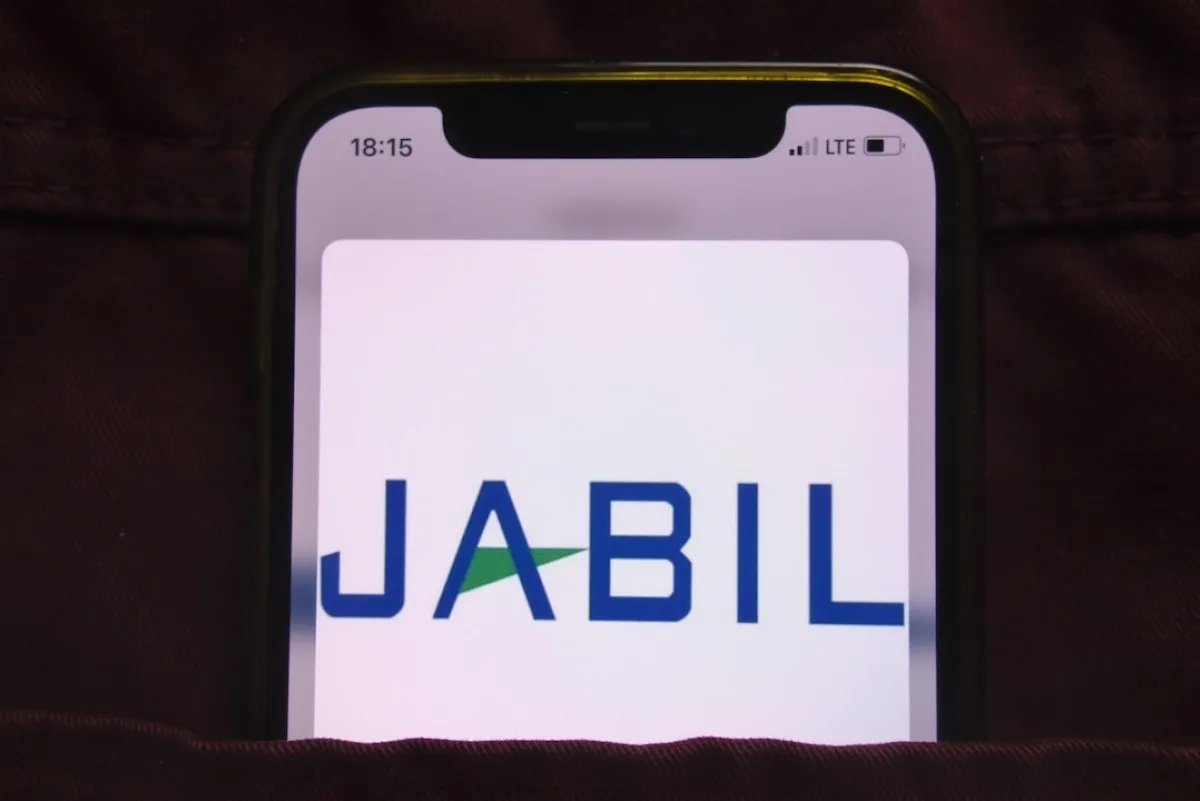JBL Stock: Jabil Rejoins S&P 500, Signaling Market Strength
By Richard Mason
Dec 19, 2023
Jabil (JBL) stock shines in the S&P 500 with growth in the healthcare and EV sectors, robust financials, and a strong market outlook.

Jabil Forecasts Strong Second Half Recovery in 2024
Related Articles:
Explore more on these topics:
Important Notice And Disclaimer
This article does not provide any financial advice and is not a recommendation to deal in any securities or product. Investments may fall in value and an investor may lose some or all of their investment. Past performance is not an indicator of future performance.